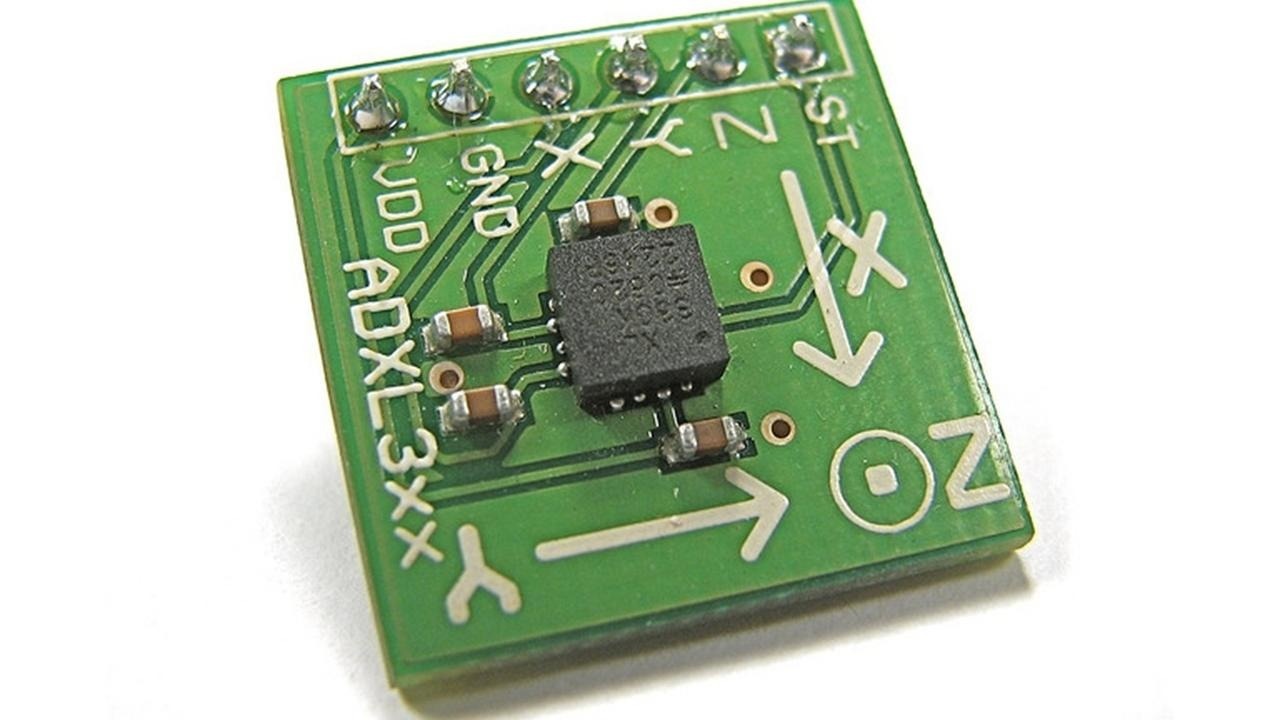DESIGN BLOG
On the Innovation of Design
Over 500+ article essays by Maria Lorena Lehman
Special Invitation
FORESIGHT DESIGN GUIDE
Top 5 Lessons from Star Trek about how to design for the future.

Why Smart Home Control Points Are Good
The smart home will be able to do a lot by way of automated systems that assist, guide, and educate building occupants. But what happens when such guidance is wrong? How will the smart home know it needs to correct itself? As such, adaptive architecture needs to allow for occupant override — so occupants can choose their own preferences, or can cancel an action.
The beauty of adaptive architecture is that it does have a predictive element, where architectural behavior can tune itself toward occupant needs and goals in real-time. However, there are moments when occupant preference, characteristics, or upcoming need should be able to be inputted into the rule-based system that makes up a smart building. After all, the smart home can become smarter not only because of its engagement with its occupants, but also because it allows for occupant input in a variety of ways.
Smart homes can use sensors to gather data about occupants to help the architectural environment make the most informed decisions it can about how to best help occupants. From the information that it gathers, patterns can be analyzed, and then behavior can be emitted that engages occupants. But, this behavior must be useful for occupants as they experience a given smart environment.
Smart Home Control Points: Beyond the Keyboard
Thus, adaptive architecture calls for a two-way dialogue between architecture and occupant — where each learns from interaction with the other, and where each gets better over time because of that interaction. It seems that smart homes will need to have control points where occupants can communicate with the architecture in a variety of ways.
But remember — such control points don’t have to be communicated using a keyboard and mouse. They can be conveyed through voice, physical gesture, or the movement of everyday things, for example. Thus, smart home design should account for control points that can override, further inform, or correct decisions made by the adaptive architecture. In this way, a building that morphs over time, as smart buildings do, can adjust themselves to personalize their effects for given occupants. After all, the goal for the smart home is to refine its accuracy over time to help occupants meet their goals in the safest, healthiest, and happiest ways.
Image Credit: © oskay | Flickr
Special Invitation
FORESIGHT DESIGN GUIDE
Top 5 Lessons from Star Trek about how to design for the future.

© 2024 Maria Lorena Lehman | MLL Atelier LLC
All Rights Reserved.
